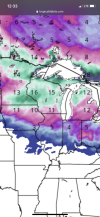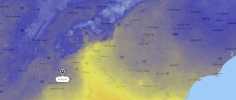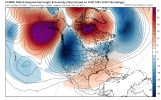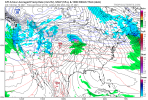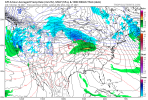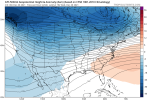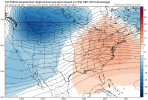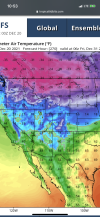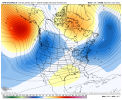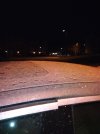ATLwxfan
Member
Down to 53 here started at 61 at midnight
This is where we are folks. No cold air to be found anywhere outside the far NC and NW per the GFS. Looks like the CAD keeps us from spontaneous combustion so that’s good at least.
Sent from my iPhone using Tapatalk
Last edited:

